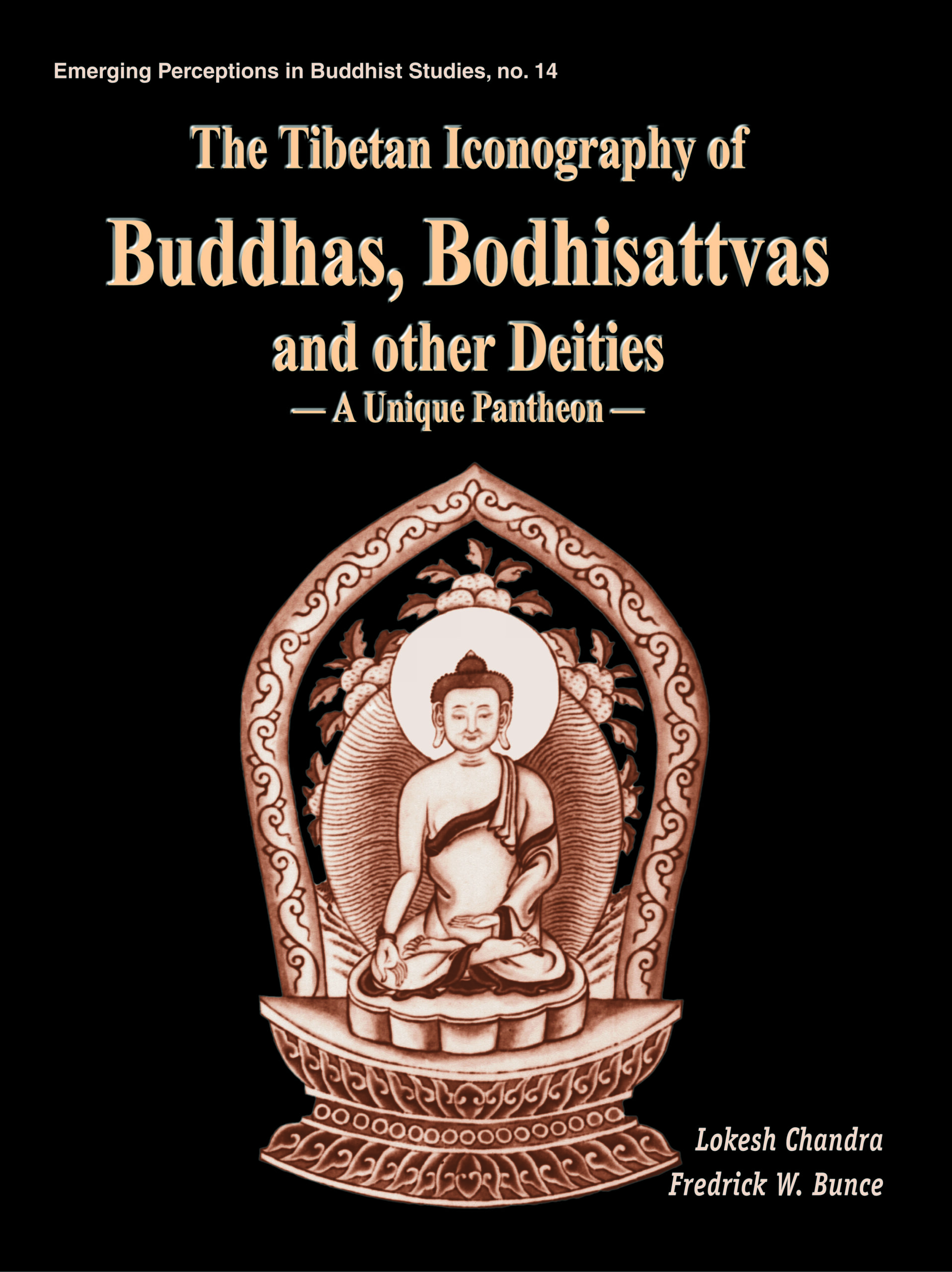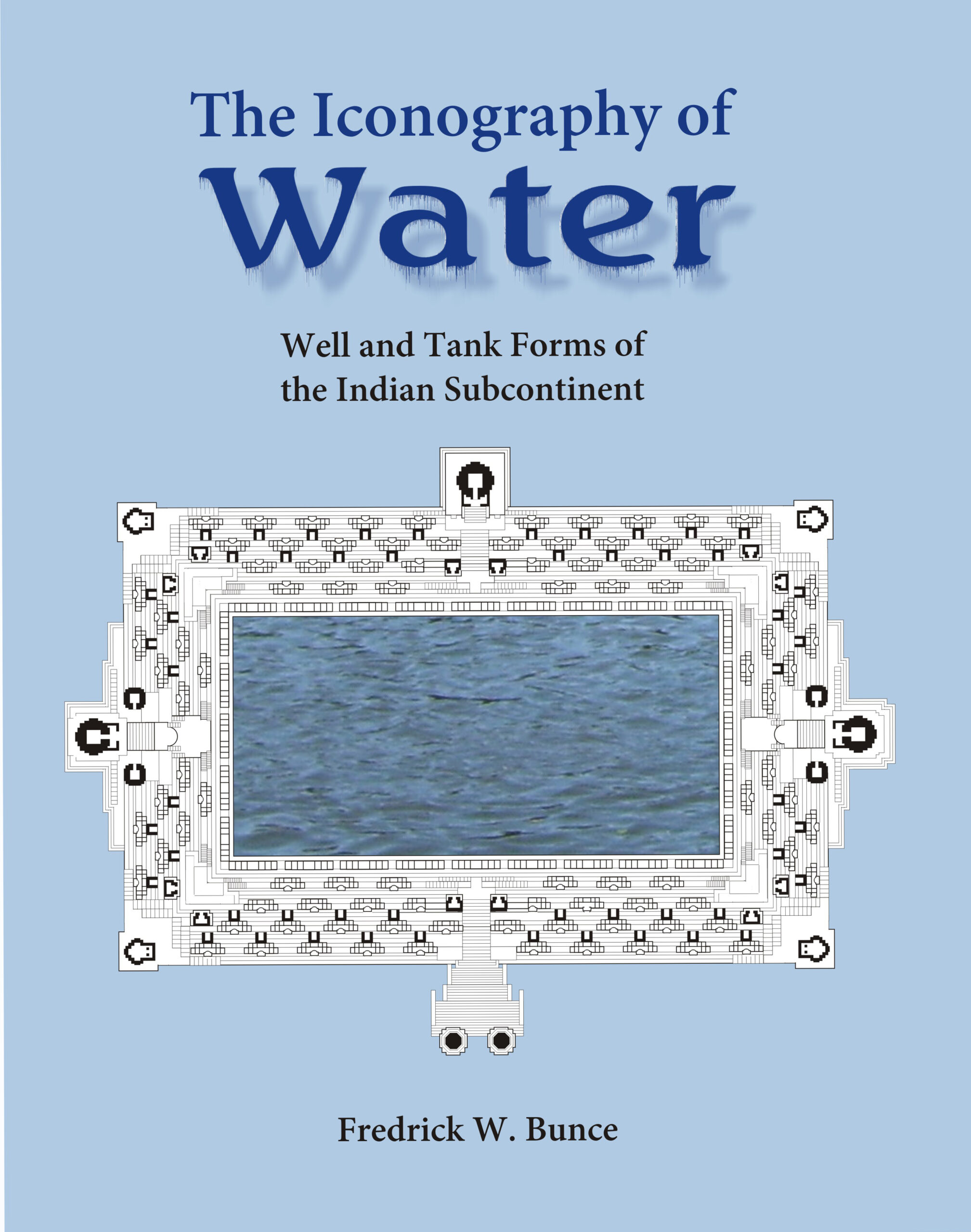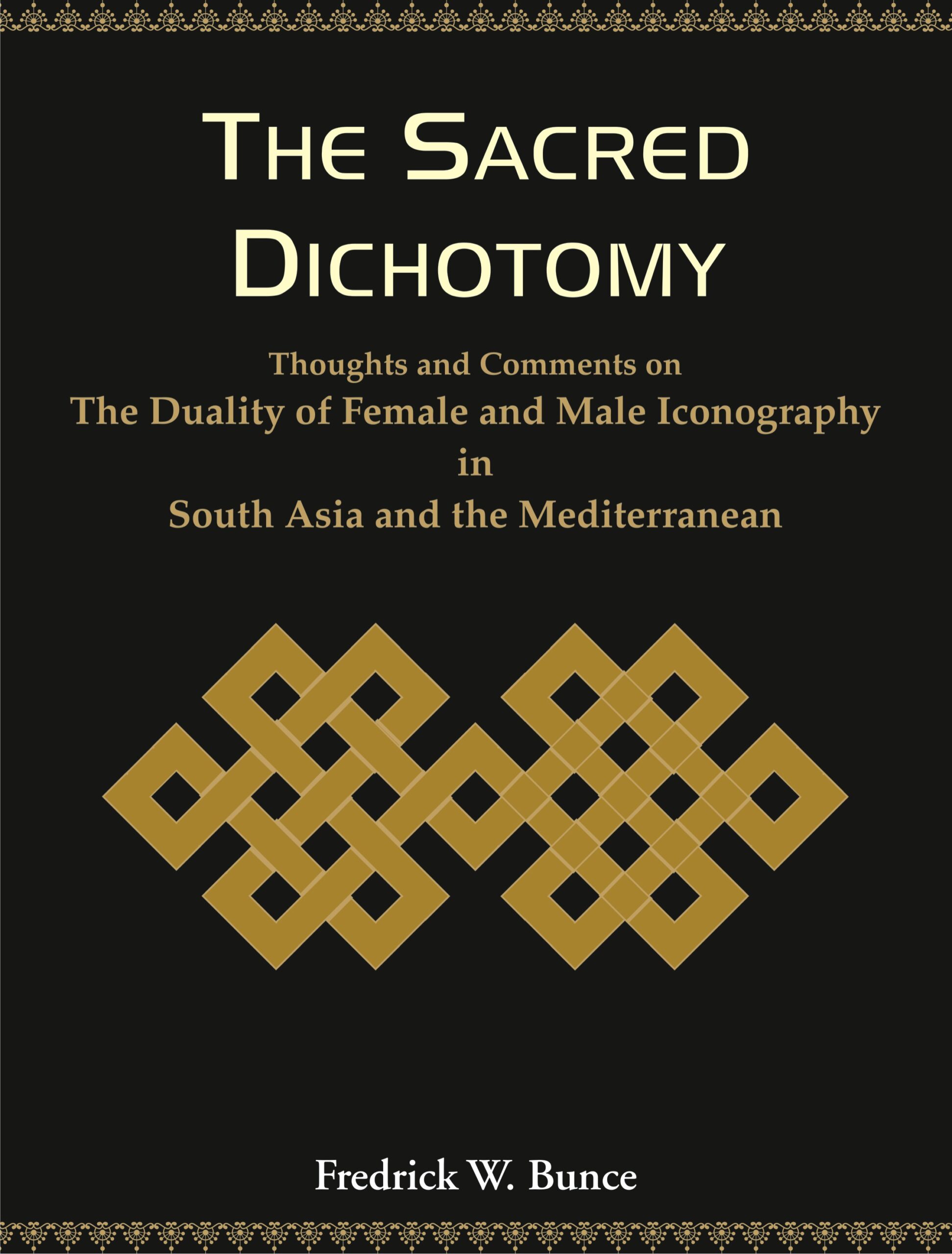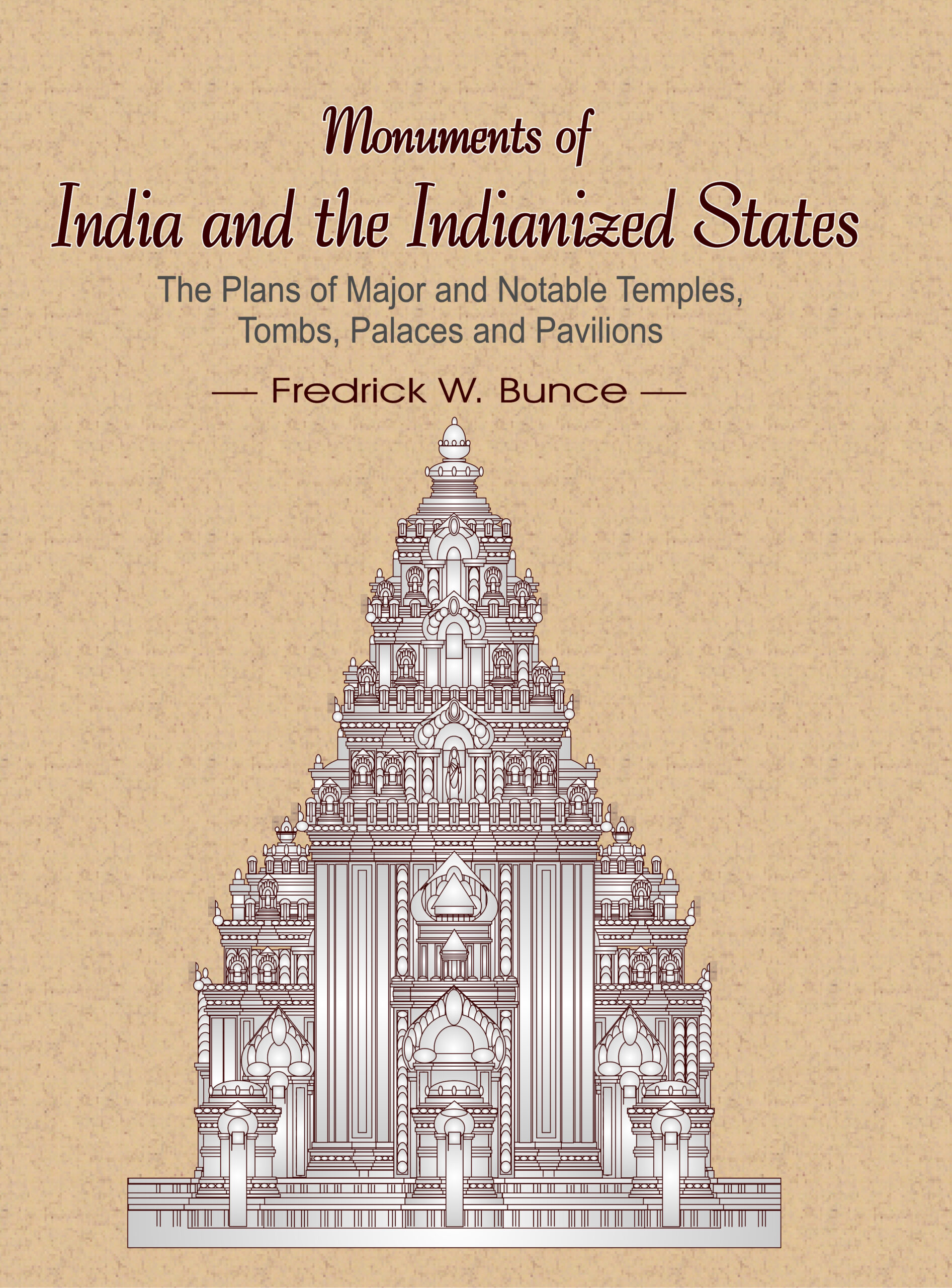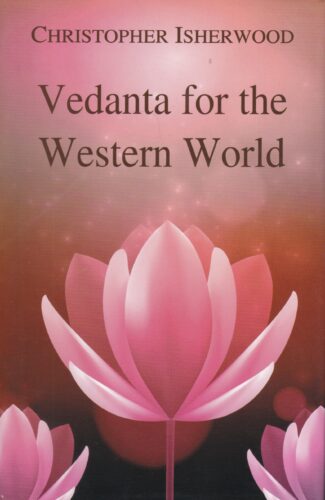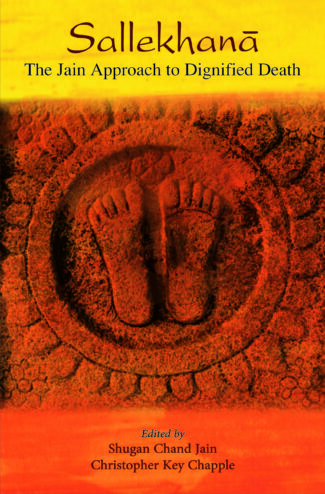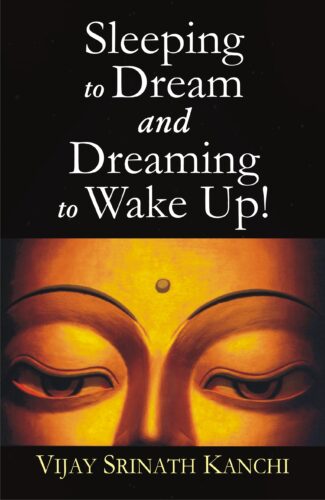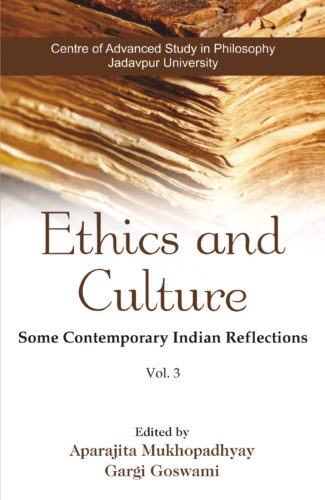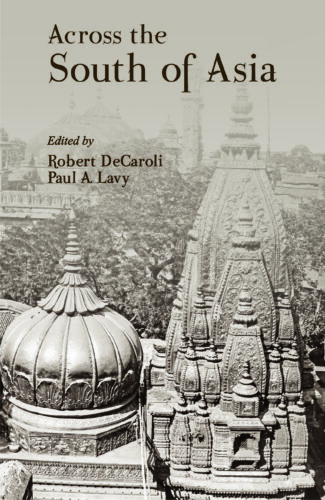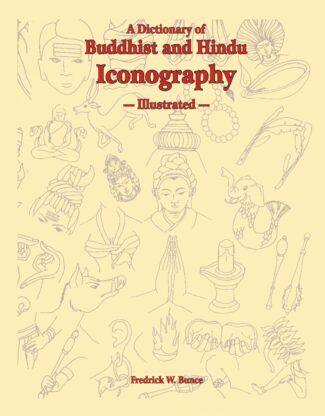

Dictionary of Buddhi...
Dictionary of Buddhist and Hindu Iconography
Illustrated: Object, Devices, Concepts, Rites and Related Terms by: Fredrick W. BunceThis Dictionary attempts to reveal the divine paradoxes of Buddhist-Hindu iconography by even interpreting the nuances of their iconic language. It explains, vividly, thousands of iconic representations (visual, conceptual symbols, images, objects, concepts, rites).
Original price was: ₹3,500.00.₹3,150.00Current price is: ₹3,150.00.
ISBN: 9788124600610
Year Of Publication: 2018
Edition: 3rd
Pages : xxviii, 473
Bibliographic Details : 908 Line-drawings; Bibliography
Language : English
Binding : Hardcover
Publisher: D.K. Printworld Pvt. Ltd.
Size: 29 cm.
Weight: 1750 gm.
Man has, from times immemorial, exhibited a striking predilection for symbols. Which, through written words, drawings, sculptures or other visual/iconographic representations, seem to have shaped much of mankinds culture. From the simplest, yet eloquent, drawings on the walls of the prehistoric caves, through the sophistication of Egyptian imagery, the sculptural embroidered wealth of a Khajuraho, or the convoluted elegance of a Mannerist painting all interweave iconographic imagery so inextricably into their very core that, without its visual/didactic richness, these would be a mere shell, a hollow vanity! Veritably, our cultural scenograph will lose much of its aesthetic charm and meaning, once it is bereft of iconography. Over the centuries, Buddhisn and Hinduism (Brahmanical) have built up pantheon after pantheon, with a bewildering number of divinities, in varying forms and emanations and, significantly, with myriad iconographic attributes. Which, for both their definable precision and complex multi-interpretationality, not merely seem paradoxical, but may baffle even the specialists and the initiated as well. Here is just the Dictionary trying, for the first time, to help you see into the divine paradoxesof Buddhist-and-Hindu iconography and, simultaneously, interpret the very nuances of their iconic language. Painstakingly compiled by a distinguished scholar of Oriental/Buddhist Art, it is a Buddhist-and-Hindu Iconologia par excellence, spelling out vividly thousands of iconic representations, which these two of the worlds oldest, sustained faiths have left for all times to come. In its monumental effort to explain/interpret Buddhist-and-Hindu visual/conceptual symbols, images, objects, concepts and rites, the Dictionary extends the definition of iconography to embrace numerous peripheral/other terms, which either have immediate relevance to iconographic principles or are hard to dispense with in visualizing the true import of different icons. Dr. Bunces work has, at its base, his own first-hand observation of various temples in India, Nepal and several Southeast Asian countries; besides a number of authentic sources: both illustrated and verbal. Flawlessly illustrated: from cover to cover, it includes a compellingly readable introduction, an easy-to-understand Users Guide, extensive bibliographic references, and two well-planned lists to facilitate location of its each headword, each entry. Which all reinforce the Dictionarys indispensability to the specialists and the non-specialists who have often to grope for the essentials of Buddhist/Hindu iconographic complexities.
List of Figures
Introduction
Users Guide
Dictionary A to Z
Bibliography
A Category of Term under English Headings
Term List
Acknowledgements





